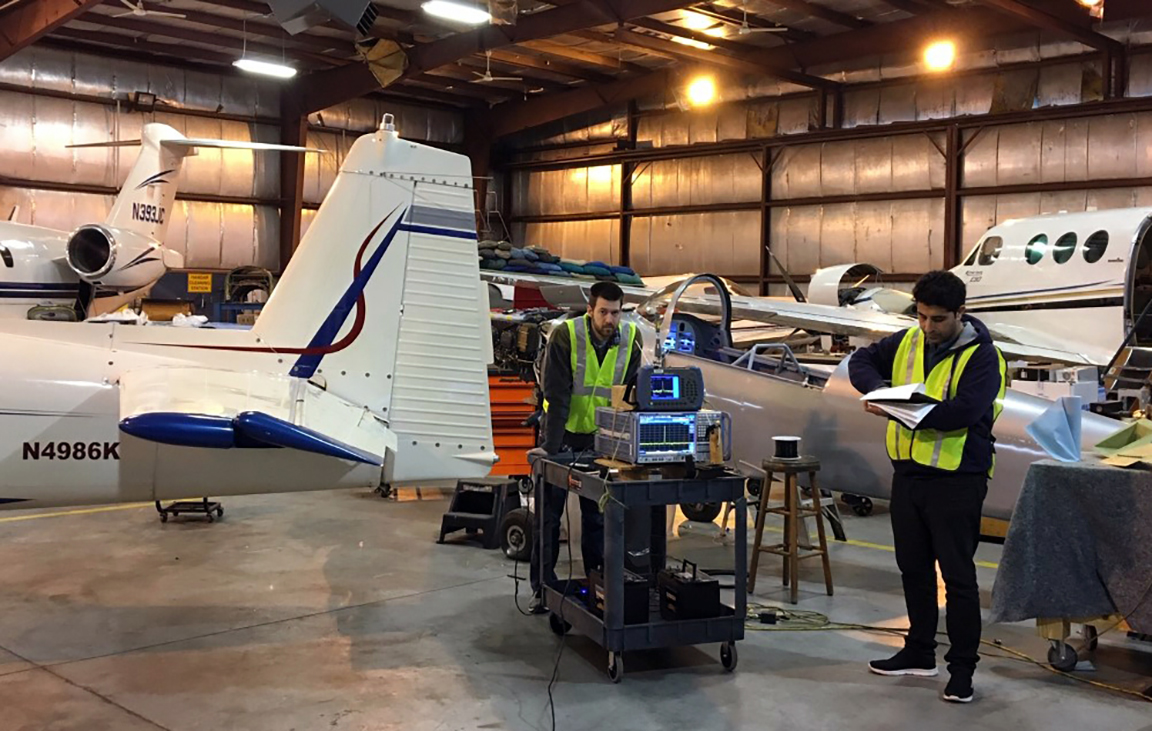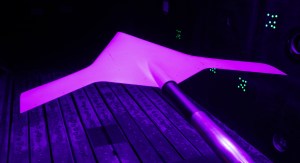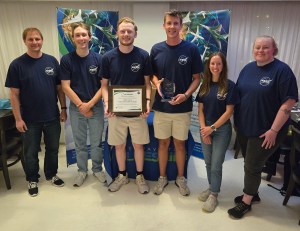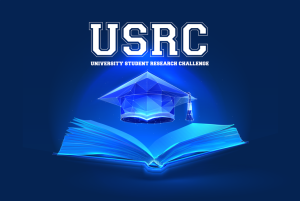Editor’s Note: This interview, which was edited for brevity and clarity, helps mark the conclusion after five years of the first round of research by teams participating in NASA’s University Leadership Initiative (ULI). Learn more about ULI’s first round here.
Hyper Spectral Communications and Networking for Air Traffic Management, led by David Matolak, professor of electrical engineering at the University of South Carolina, explored the use of new communications frequencies for use in aviation such as millimeter wave and L-band.
Expanding usable frequencies will allow aircraft operators to communicate more information, facilitating the growth and diversification of the network of airspace, airports, and support infrastructure known as the U.S. National Airspace System.
Why did you choose to propose to ULI? It’s not a typical grant.
ULI presented an opportunity to focus on an important topic in aviation – radio frequencies and communications. It also allowed us to work on a larger team to achieve more substantial goals.
What did your research accomplish? Was it what you expected from the start?
Quite a lot! Specifically, we were able to design, develop, and successfully test in flight our dual-band air-ground radios that introduced multiple improvements over existing systems, including higher data rates and greater reliability. We collected measurement data and created more accurate models for advanced wireless communication systems for future airport applications. We also improved the ability to detect the presence of unauthorized drones. In doing all this, our team published more than 100 papers and gave 26 graduate and undergraduate students experience in advanced aviation communications research. Our achievements exceeded our expectations.
How did your students contribute?
Students contributed to all facets of the project. Participating students conducted analyses, simulations, and experiments for all tasks; published and presented their results at NASA meetings and conferences; interacted with industry and government organizations to gain knowledge of real-world aviation challenges; and helped organize joint meetings and publications. Overall, this multidisciplinary teamwork gave students a much broader experience in research and development than would a typical university project.
What was the coolest surprise along the way?
The very high level of success with dual-band, air-ground radios. We went from initial concept, mathematical analyses, computer simulations, and laboratory prototyping to field and actual successful flight tests! We succeeded in proving nearly all our improvements.
Following, ULI, what comes next?
We will continue with millimeter-wave channel measurements and modeling and with drone experiments and detection. We are working on a NASA Small Business Innovation Research project to develop air-ground channel path loss estimators for advanced air mobility and will likely seek support for projects in the area of aviation communications robustness and security.































